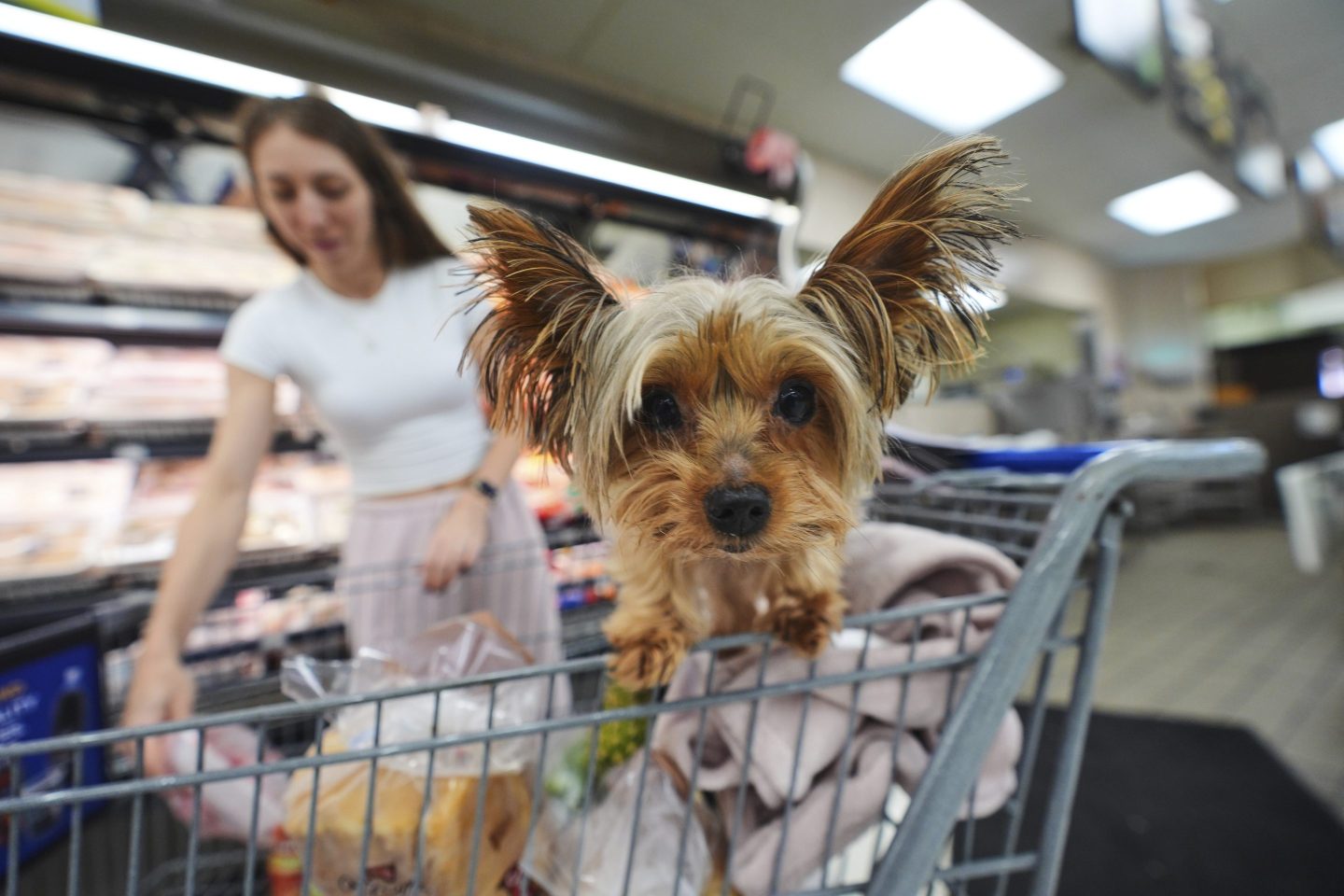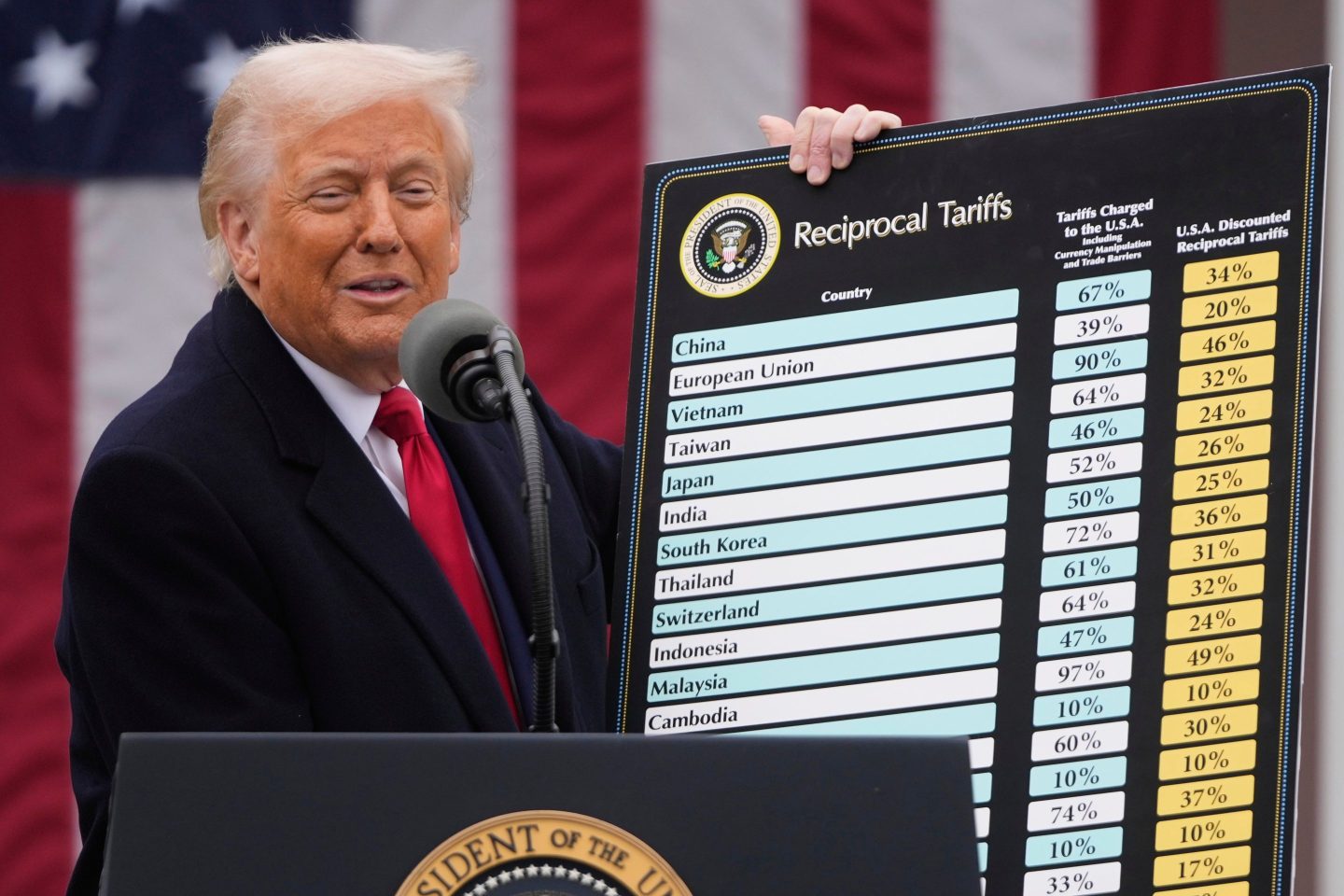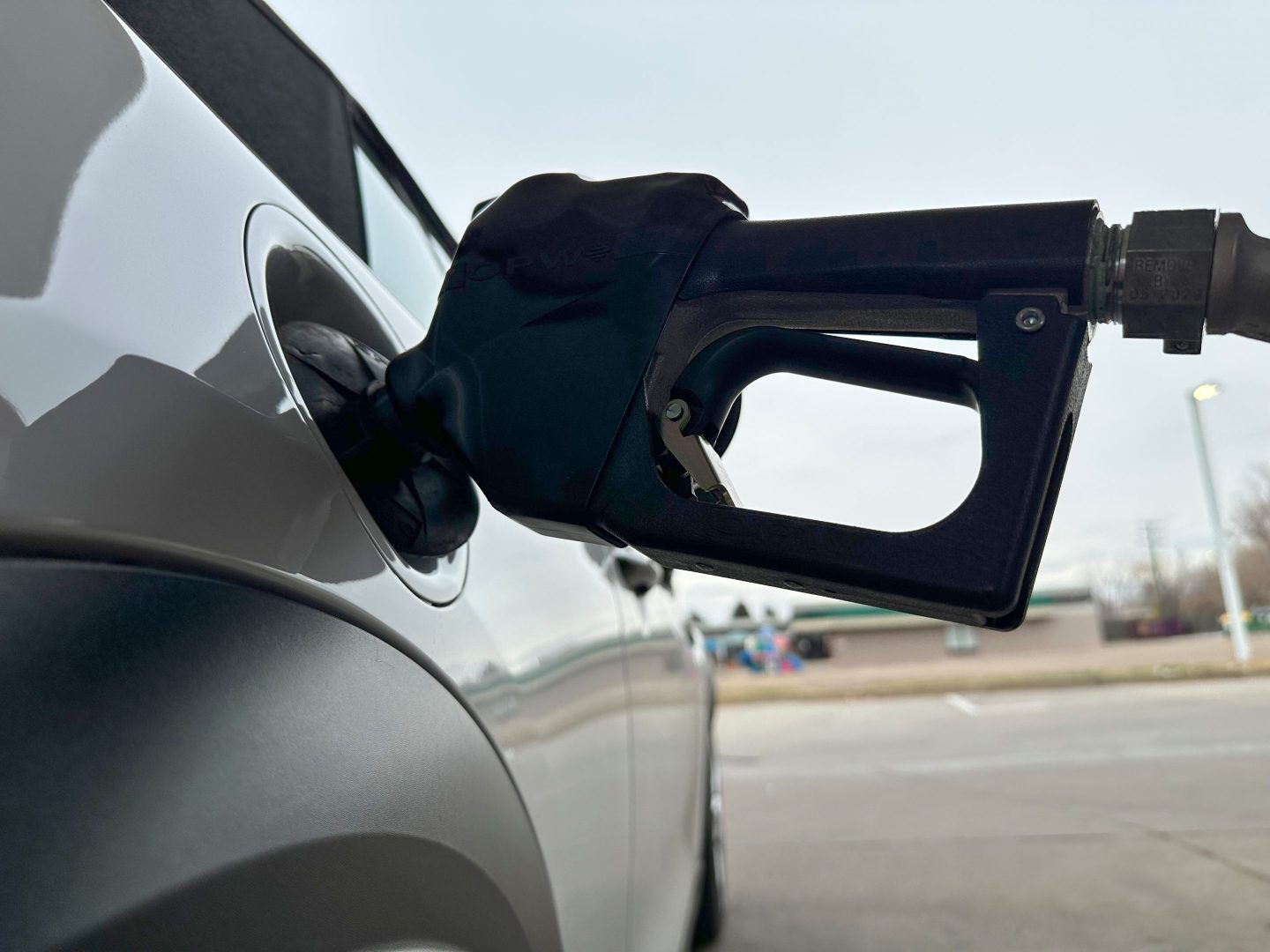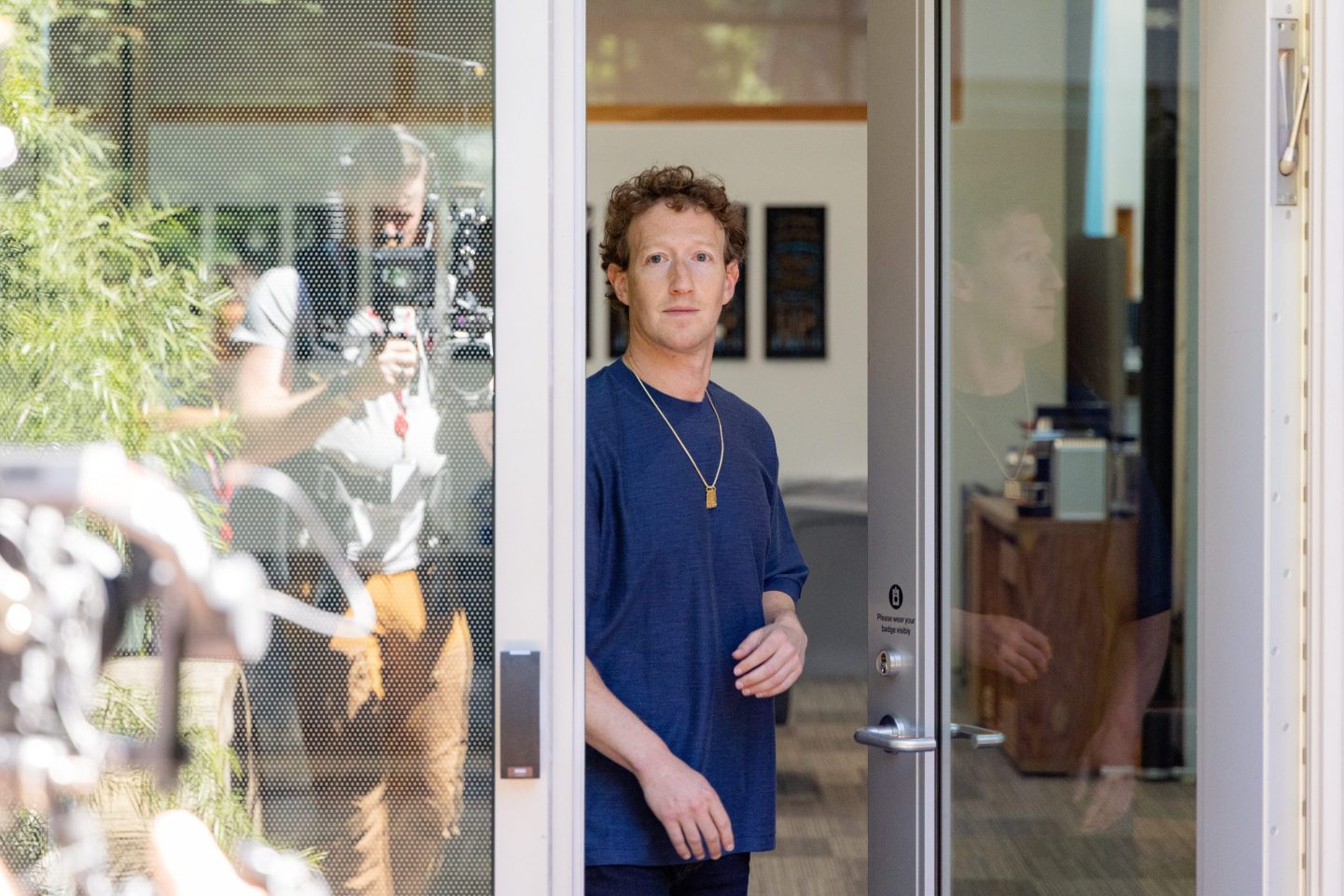Shoppers increased their spending at a better-than-expected pace in August from July, helped by back-to-school purchases, even as President Donald Trump’s tariffs are starting to hurt the job market and lead to price hikes.
Retail sales rose 0.6% last month from July, when sales were up a revised 0.6%, according to the Commerce Department’s report.
The performance, announced Tuesday, was also likely helped by the continued efforts by Americans to keep pushing up purchases ahead of expected price increases. Moreover, higher prices could be bolstering the number as well.
The increases followed two straight months of spending declines in April and May.
“We might be in a K-shaped recovery,” said Chris Zaccarelli, Chief Investment Officer for Northlight Asset Management, in a statement to Fortune, “but consumer spending is booming and regardless of the negative jobs revisions, the U.S. economy is continuing to expand.” A K-shaped recovery is a trend economists have identified since the pandemic where recovery takes a K-shape, with the wealthy doing better and the poor doing worse, with legs of the K stretching in opposite directions.
Zaccarelli added that while uncertainty and tariffs have been the theme of 2025, “the resilience of the economy, combined with interest rate cuts, are going to keep this bull market running.” The market just seems to refuse to go lower, he added, noting that September and October are typically the worst trading months of the year.
Excluding auto sales, which have been volatile since Trump imposed tariffs on many foreign-made cars, retail sales rose 0.7% in August.
The data showed solid spending across various stores. Business at electronics and appliance stores up 0.3%, while online retailers had a 2% increase. Business at restaurants rose 0.7%.
Jeffrey Roach, Chief Economist for LPL Financial, said in a statement to Fortune that consumers appeared to be price conscious, as nonstore retail sales contributed over half of the monthly gain. The next largest contributor, he noted, was restaurant sales and this “suggests the consumer is on stable footing, minimizing recession risk.”
The consumer is still propelling the U.S. economy forward and back-to-school shopping “was in full swing as consumers splurged on online shopping, clothing and accessories, and at sporting goods, hobby, musical instrument, and book stores,” according to a statement from Bill Adams, Chief Economist for Comerica Bank. Adams flagged some “spots of weakness” including grocery store sales up 0.3% on the month, lagging the 0.6% increase in prices of food at home in the August CPI report, with big increases in the prices of beef, apples, and tomatoes adding to grocery price inflation in August. And grocery store sales rose 3.4% year-over-year, lagging the 3.9% increase in prices for food at home.
According to Torsten Slok, chief economist for Apollo Global Management, the daily data for consumer spending has modestly slowed in recent weeks, and he argued that the slowdown is more pronounced in sectors impacted by tariffs, attaching a chart book as evidence.













